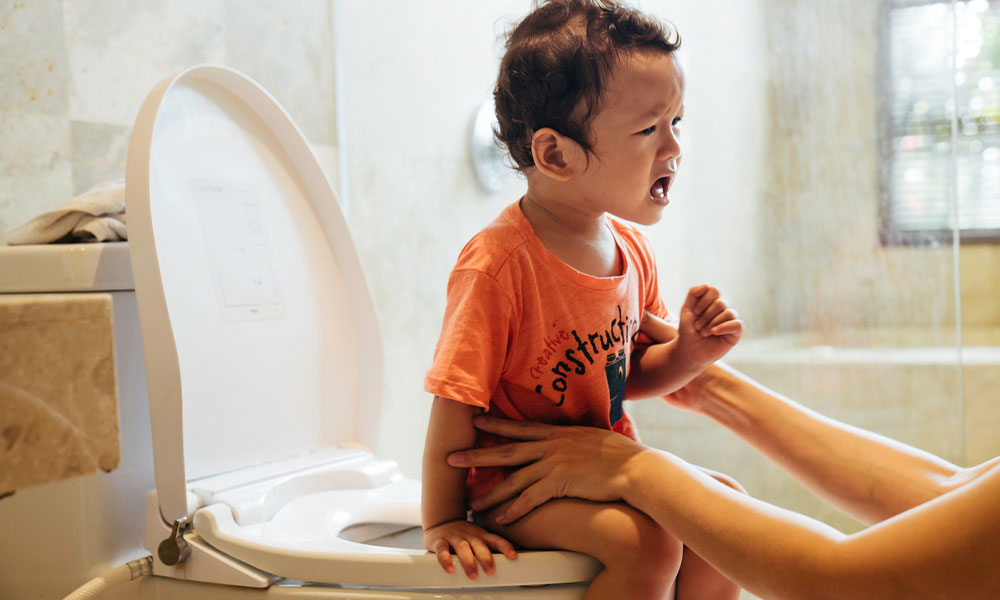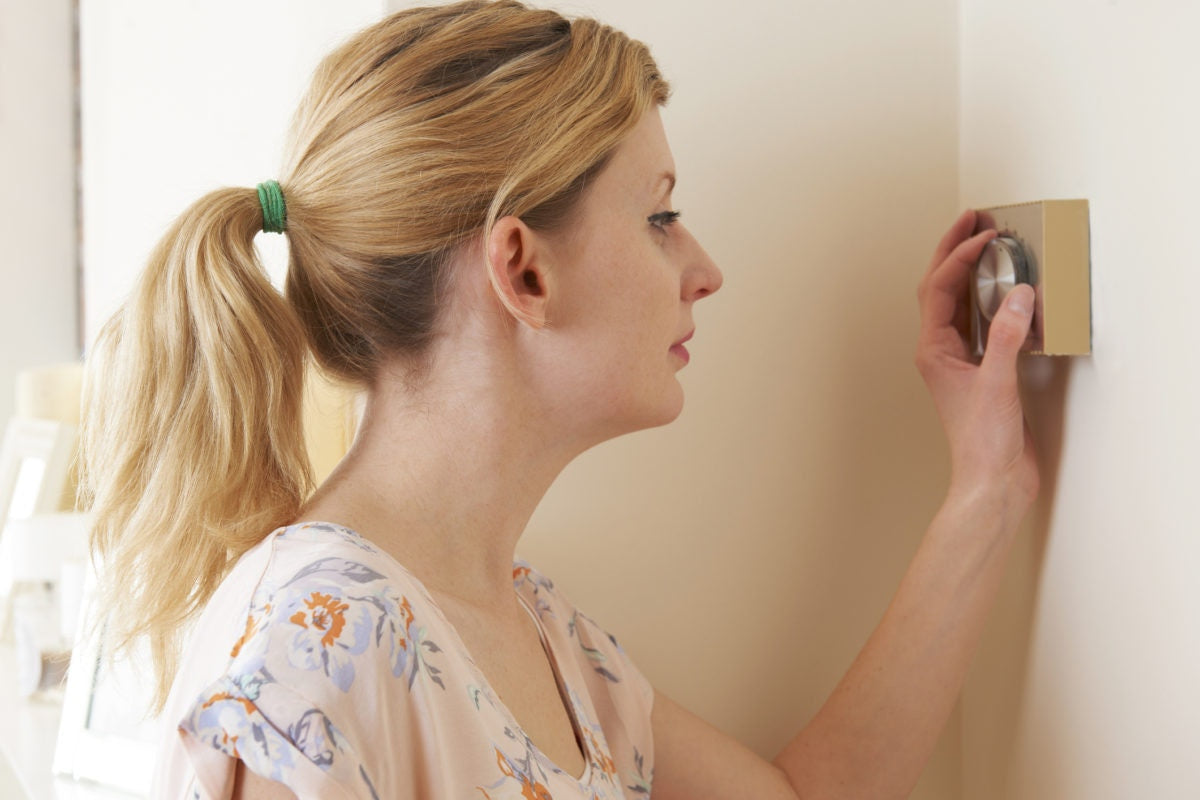Potty training is one of those milestones that every parent looks forward to—until they hit a roadblock. If you’ve been struggling to get your toddler to poop in the potty, you’re not alone. Many children are hesitant to make this leap, and while it can be frustrating, understanding the reasons behind their resistance can make a world of difference. Let’s explore why toddlers often don’t want to poop in the potty and what you can do to help them through it.
1. The Need for Predictability: Transitions Are Hard
Toddlers love predictability. They find comfort in routines, and any change—no matter how small—can throw them for a loop. Transitioning from pooping in a diaper to pooping in a potty is a big change. It’s not just a new habit; it’s an entirely different experience that disrupts the routine they’ve known since birth.
What to Do About It:
Start by making the potty part of the routine before expecting your child to use it. Have your child sit on the potty fully clothed at first, then try sitting with a diaper on, and finally, progress to sitting without a diaper. The idea is to create a sense of familiarity and comfort with the potty before introducing the expectation that they’ll use it for pooping.
2. The Sensory Experience: It Feels Different
For a toddler, the sensory experience of pooping in a diaper versus pooping in a potty can be wildly different. The diaper is soft, snug, and warm—while the potty is open and can feel cold or strange. In a diaper, the poop comes out and stays up against their body instead of falling out and away from their body into the potty. For some kids, this shift in sensation is enough to make them resist the potty altogether.
What to Do About It:
Consider gradually transitioning your child by allowing them to poop in a diaper while sitting on the potty. This helps them get used to the sensation of being on the potty without the full change all at once. You can also try warming the seat slightly or placing a little toilet paper in the bowl to soften the sound and feel of the poop hitting the water. Over time, these small adjustments can help ease the sensory discomfort.
3. Constipation Struggles: When It Hurts, They Resist
If your child has experienced constipation, they might associate pooping with pain. Even if their constipation is under control, the memory of discomfort can make them hesitant to try the potty. They may hold in their poop, leading to a vicious cycle of more constipation and more resistance.
What to Do About It:
First, address any ongoing constipation issues. Ensure your child is getting plenty of fluids, fiber-rich foods, and regular physical activity to promote healthy bowel movements. If constipation is a recurring issue, consult your pediatrician for advice. You might also try offering a gentle stool softener if recommended by your doctor. Once the physical discomfort is managed, your child may be more open to using the potty.
4. Seeking Control and Autonomy: “I’ll do it on my own terms!”
Toddlers are in a stage where they’re discovering their independence, and they love exerting control over their world. For some children, refusing to poop in the potty is a way of asserting their autonomy. It’s their way of saying, “I’m in charge here!” or “I’m not pooping in that potty and you can’t make me!”
What to Do About It:
Turn potty time into an opportunity for your child to feel in control. Offer them choices like which bathroom to use, whether they want to read a book or sing a song while they sit, or if they’d like to use a special potty seat. Giving them ownership of the process can reduce power struggles. Pair this with clear, consistent messaging about the expectation to use the potty for pooping. Remind them calmly and consistently that pooping in the potty is the new and only way.
Solutions That Work
Now that we’ve unpacked the reasons why toddlers might resist pooping in the potty, let’s look at some practical solutions that can help:
-
Check for and Address Constipation:
Constipation can be a major roadblock, so it’s crucial to ensure your child’s bowels are regular and comfortable. If necessary, consult your pediatrician for guidance. -
Normalize Poop in Fun, Child-Friendly Ways:
Talk about poop in a light-hearted way. Books, songs, and silly stories about pooping can help demystify the process. The goal is to make it less intimidating and more normal. -
Send Clear, Consistent Messages:
Make sure your child knows what’s expected when it comes to using the potty. Keep your language simple and direct, and be consistent in your expectations. -
Offer Choices to Prevent Power Struggles:
Let your child feel like they have some control over the process. Choices like which potty to use or what activity to do while sitting can make a big difference. -
Use Rewards for Motivation:
Positive reinforcement works wonders. Offer small rewards for successes, like stickers, a favorite snack, or extra playtime. Celebrate every step in the right direction to keep the momentum going.
Patience and Encouragement Go a Long Way
Remember, every child is different, and potty training is a journey. Some kids take to pooping in the potty right away, while others need more time and patience. The key is to stay positive, be consistent, and offer plenty of encouragement along the way. With understanding and the right approach, you can help your toddler make this important transition smoothly.
Before you know it, the potty will be just another part of their daily routine, and you’ll both be celebrating this milestone with pride!
Need Additional Support?
Sometimes, even when implementing these solutions you feel like you’re not seeing the progress you should be. The experts at Potty Training Consultant are here and ready to help! You can set up a phone consultation with one of our staff experts here, or check out our self-guided online course, How to Get Your Child to Poop in the Potty: The Advanced Guide.



